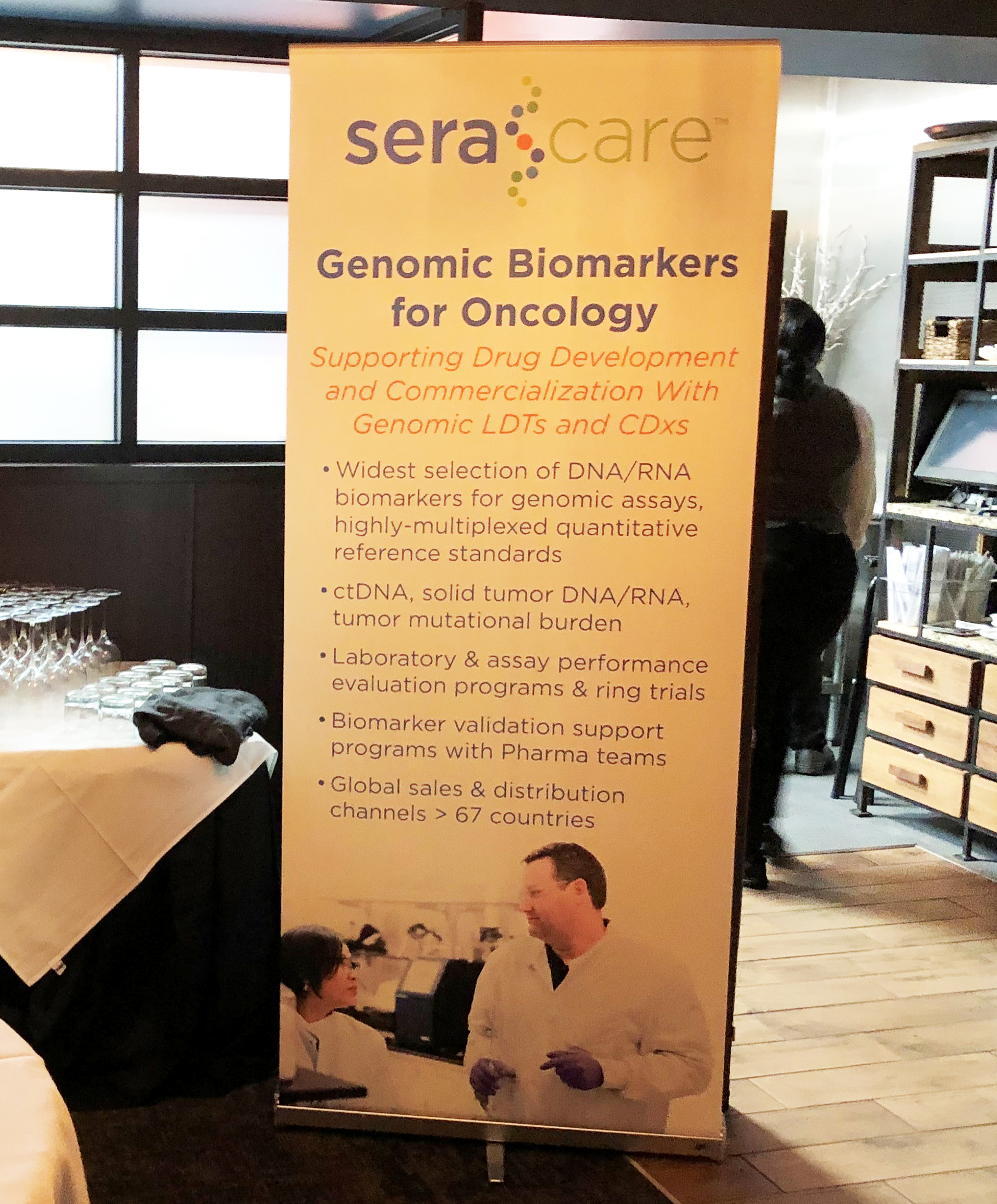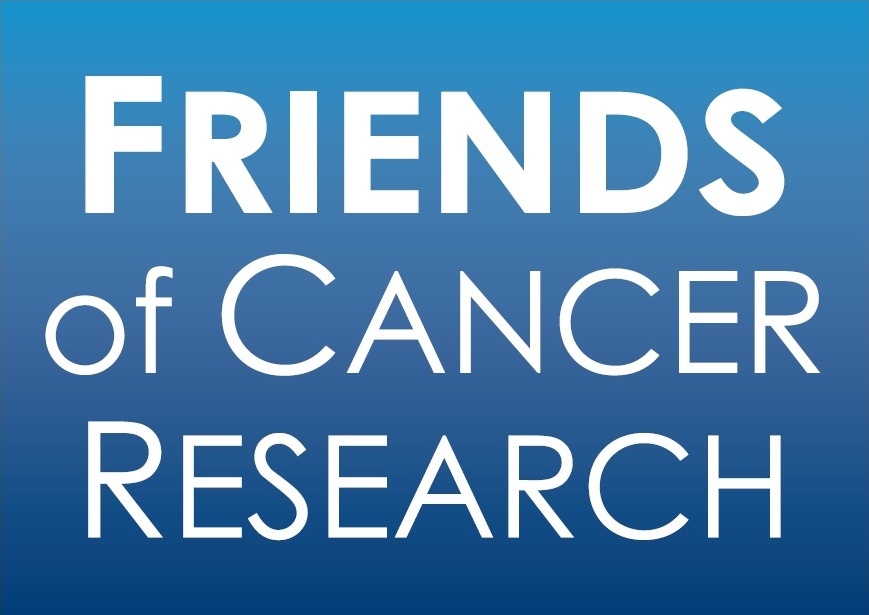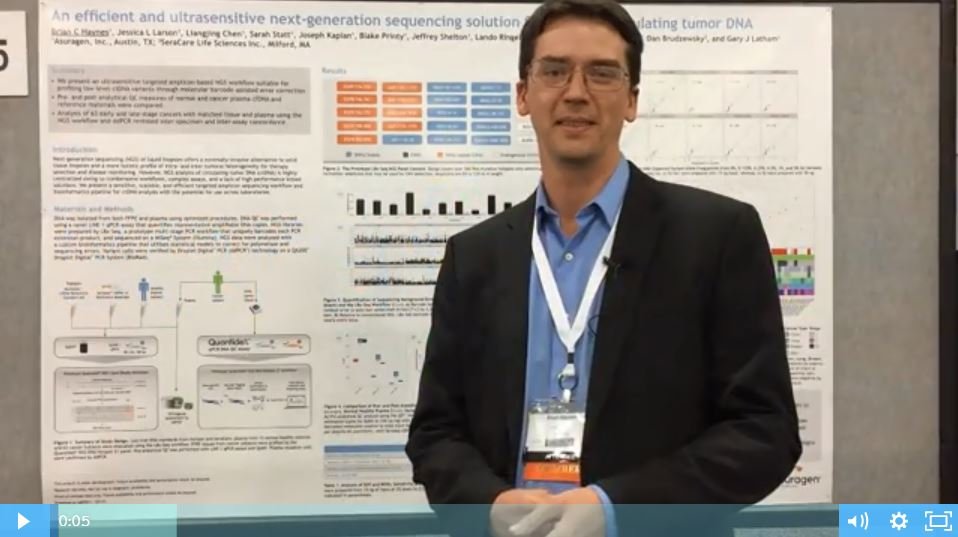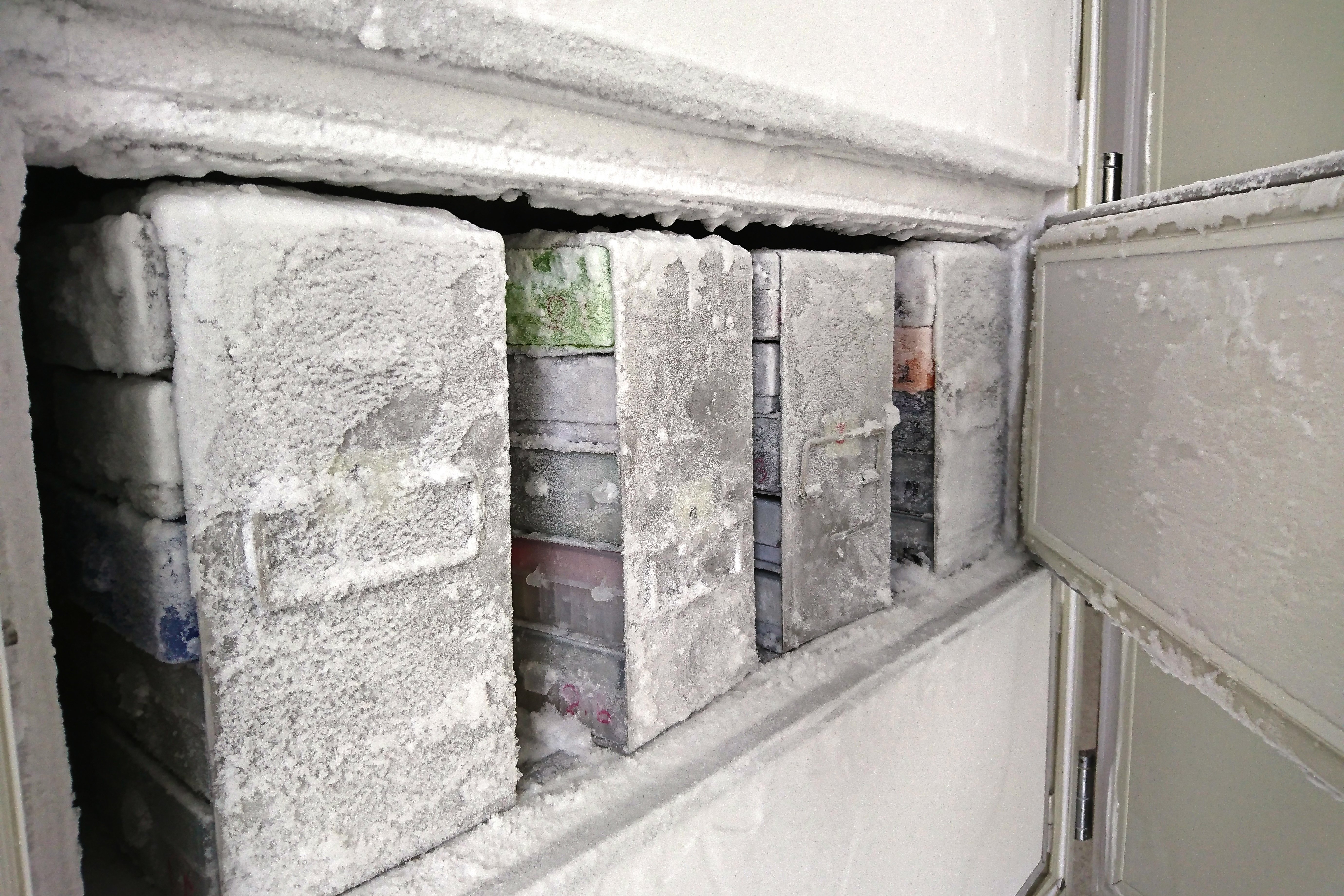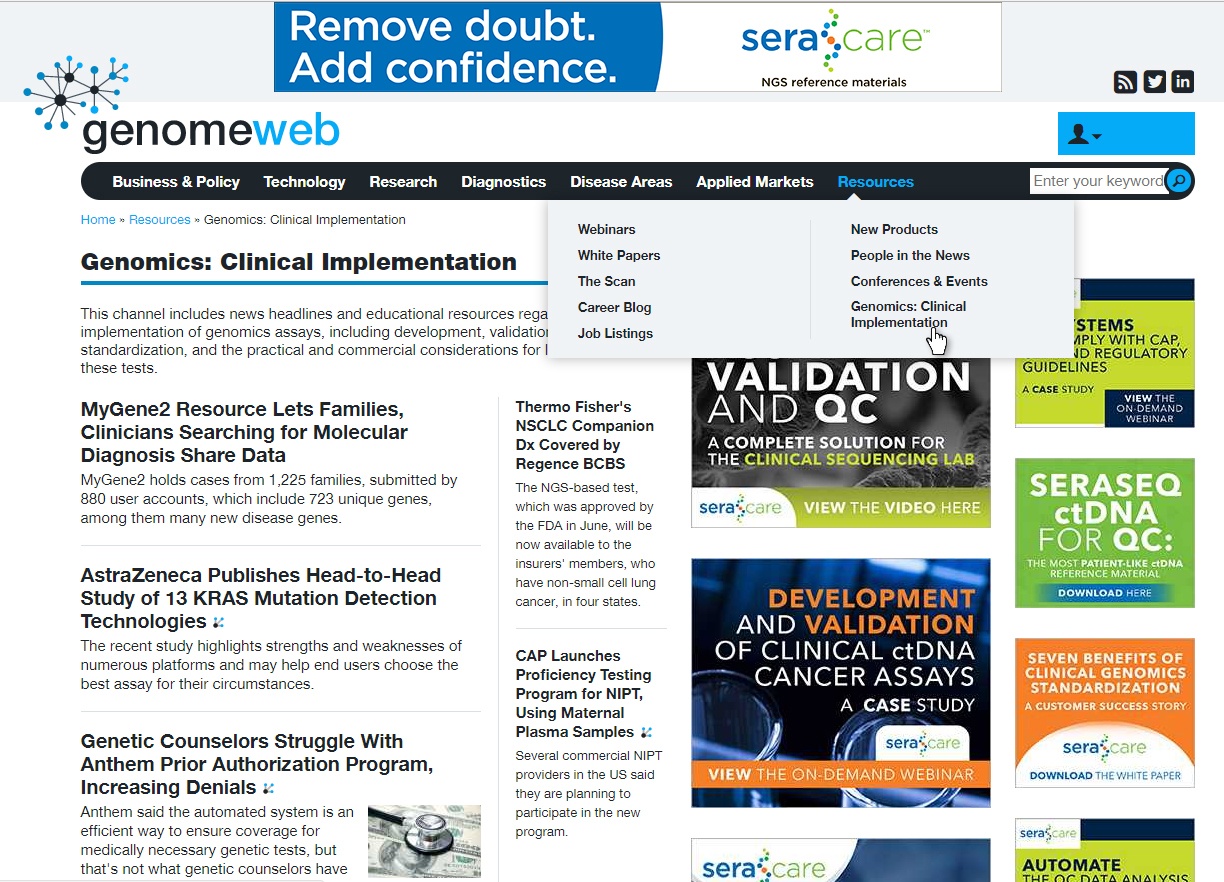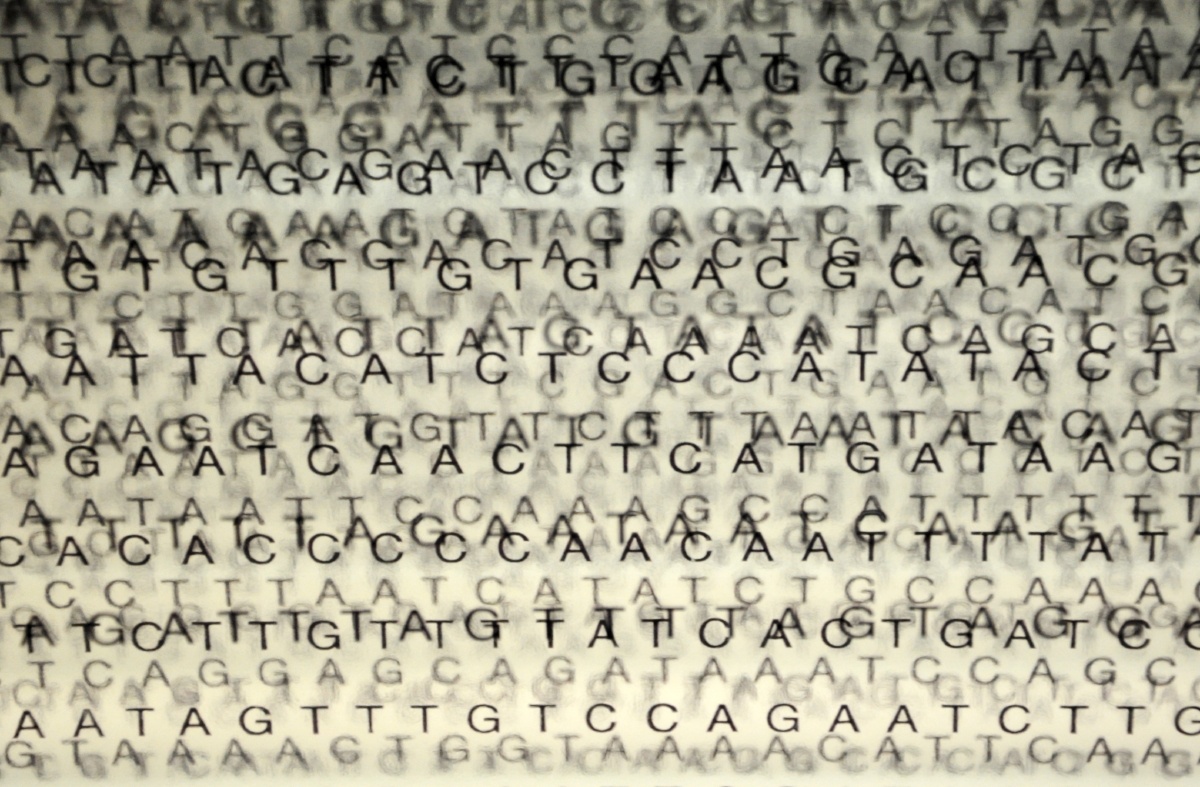Choose your Article Focus | NGS | Molecular & Serology
Trevor Brown
Recent Posts
Precision Medicine and Clinical Labs: AACR Dinner Seminar Recap
Category: clinical genomics, cfDNA, AACR
Posted by
Trevor Brown on Apr 15, 2019 12:00:00 AM
One of the core aims of precision medicine is to provide a more tailored approach to disease diagnosis, therapy selection, and patient monitoring to improve the overall quality of life for patients with disease. Indeed, this aim has been at the heart of the high interest and study of the potential of liquid biopsies to improve patient care in earlier detection of cancer, treatment, and surveillance.
0 Comments Click here to read/write comments
As Immunotherapy Use Rises, Critical Gaps Remain in Harmonizing Tumor Mutational Burden Measurements
Posted by
Trevor Brown on Sep 19, 2018 12:00:00 AM
Recent clinical studies of immuno-oncology (I-O) checkpoint inhibitors have indicated that the tumor burden in a cancer patient’s genome may be predictive of positive response to I-O therapies such as Keytruda® and Opdivo®. The tumor mutational burden (TMB), that is, the number of mutations per megabase of sequenced tumor sample as determined by whole exome sequencing (WES), is currently the most promising biomarker for cancer patient selection and stratification in many clinical trials. Numerous clinical studies are underway to elucidate and validate the role of TMB in I-O treatment decision making and therapeutic response.
0 Comments Click here to read/write comments
A First of its Kind Survey to Assess the QC Habits of Labs Running Clinical NGS Assays
Category: QC Challenges, NGS, QC Reporting
Posted by
Trevor Brown on Jul 12, 2018 12:00:00 AM
While good progress has been made of late with more clarity around FDA requirements, as well as organizations such as CAP and AMP providing more 'meat' in their guidance to clinical laboratories, there still remains a ways to go before this modality of testing is more standardized and uniform across the various laboratories offering the testing--be it via commercially available IVD kits or multiple different LDTs providing similar performance characteristics.
0 Comments Click here to read/write comments
An Efficient and Ultrasensitive NGS Solution for Profiling ctDNA [Poster Talk Video]
Category: liquid biopsy, NGS, ctDNA
Posted by
Trevor Brown on Mar 5, 2018 12:00:00 AM
SeraCare Customer Poster Talk Video with Data Presented by Asuragen Next-generation sequencing (NGS) of liquid biopsies offers a minimally invasive alternative to solid tissue biopsies and a more holistic profile of intra- and inter-tumoral heterogeneity for therapy selection and disease monitoring. Watch the video and download this free poster to learn:
0 Comments Click here to read/write comments
An Efficient and Ultrasensitive NGS Solution for Profiling ctDNA [Poster Talk Video]
Category: liquid biopsy, NGS, ctDNA
Posted by
Trevor Brown on Feb 28, 2018 12:00:00 AM
SeraCare Customer Poster Talk Video with Data Presented by Asuragen Next-generation sequencing (NGS) of liquid biopsies offers a minimally invasive alternative to solid tissue biopsies and a more holistic profile of intra- and inter-tumoral heterogeneity for therapy selection and disease monitoring. Watch the video and download this free poster to learn: How reference materials that commute to the target sample type can help to optimize ctDNA profiling technology Why the Seraseq ctDNA v2 Reference Material most closely resembles native ctDNA in amplifiablity and molecular diversity How highly patient-like reference materials allowed confident quantification of trace levels of ctDNA
0 Comments Click here to read/write comments
Clinical NGS Assay Developers: Eliminate Your Specimen Search Headaches
Posted by
Trevor Brown on Oct 24, 2017 12:00:00 AM
There comes a point during the development of every NGS assay at which you want to make sure it will reliably detect everything you say it can. You want its real-world performance to match your claims. That means fine-tuning your development protocol — from specimen handling, to nucleic acid extraction, to library prep — against a range of variants and allele frequencies to make sure your early-stage assay picks them all up. Only after doing so can you move the assay on to the costly validation phase. Naturally, to replicate real-world scenarios, many developers instinctually turn to real patient samples. But the truth is, if you’re only subjecting your assay to the patient samples your lab has on-hand — or even ones you procure from colleagues or biobanks — you’re not exposing your assay to a wide enough range of variants and conditions to ensure its performance. Plus, you may be costing your lab money and time: Development delays can allow another lab to launch their assay before yours. Not using robust enough reference materials can lead to your assay not meeting performance claims in production. While there is clearly a need to evaluate assays with real specimens tested on orthogonal methods, in the development phase multiplexed truth sets such as biosynthetic NGS reference materials are superior to patient specimens. Here are three reasons not to trust remnant patient samples alone for assessing your clinical NGS assay’s workflow.
0 Comments Click here to read/write comments
A New Focus on Implementing Clinical Genomics
Category: clinical genomics, NGS
Posted by
Trevor Brown on Oct 20, 2017 12:00:00 AM
For many years, next-generation sequencing (NGS) made headlines with researchers promising unprecedented breakthroughs in medical diagnostics. But the clinical impact was always explained as being a few years and more large-scale studies away from reality. In 2010, forward-thinking academics forecasted whole-genome sequencing in a matter of hours for only $30 (right around that same time, a Stanford researcher sequenced his own genome for less than $50,000 – a record low at that point).
0 Comments Click here to read/write comments
This is the Number One Risk to Your Clinical Sequencing Assay
Category: bioinformatics, NGS
Posted by
Trevor Brown on Oct 17, 2017 12:00:00 AM
If you’re relying on remnant patient samples to tell you how well your lab's bioinformatics pipeline can call clinically important variants, you might be missing more than you realize. In our experience, the bioinformatics pipeline can be the weakest link in assay development for many labs. Just because a variant is sequenced correctly doesn’t always mean that it will be called. And false-positives are just as bad. Sometimes it’s an issue of allele frequency. For example, we’ve seen cases where labs could detect certain mutations at 10% allele frequency, but as soon as the frequency dropped to 7%, they stopped detecting it. Other cases are caused by the complexity of the variant. For example, even at low allele frequencies, a lab may pick up relatively easy-to-detect single-nucleotide variants (SNVs) but can have problems with insertion/deletion (INDEL) calling errors. In both examples, the mutations aren’t missed because of sequencing or library preparation problems. As we’ve witnessed time and time again, when labs optimize their bioinformatics pipelines, they start picking up the low-frequency and difficult-to-detect variants again. The catch is, you first have to know you’re missing something. In assay development, what you don’t know can seriously weaken your test.
0 Comments Click here to read/write comments
Is Your NGS-Based Assay on the Right TRK?
Category: qc management, QC Management Software, NGS, RNA fusion, reference materials
Posted by
Trevor Brown on Oct 9, 2017 12:00:00 AM
Despite the absence of clear guidelines or firmly established best practices, next-generation sequencing (NGS) assays are becoming the method of choice for gene fusion detection. This is significant because, although some of the cancers that contain fusion RNAs are rare, they’re now treatable thanks to new targeted therapies. If your assay can detect fusion RNAs, it can help profile tumors for important diagnostic, prognostic, and therapeutic targets, which can lead to improved patient outcomes. The old FISH method limited you to one type of fusion variant at a time; it was effective, but also slow and cumbersome. With the latest NGS techniques, detecting fusion RNAs is more efficient than ever. It’s more sensitive and can detect multiple fusions in the same assay. Nevertheless, it’s still challenging because of the complex workflows and the need to rigorously ensure performance across all fusion variants. From extraction, to library prep, to sequencing, to the bioinformatics pipeline, there are countless points where something could go wrong.
0 Comments Click here to read/write comments
Prevent Assay Drift In Your Clinical NGS Assay by Avoiding 2 Common Mistakes
Category: NGS
Posted by
Trevor Brown on Apr 27, 2017 12:00:00 AM
Clinical NGS tests may be powerful diagnostic tools for your molecular pathology laboratory, but they remain complex amalgamations of different hardware, reagents, and software systems — often from several different vendors and with different levels of quality. Only one of these critical reagents or systems has to fail or underperform in an assay to cause performance drift. If you don’t catch assay drift quickly enough, it can lead to assay failures such as false positives or unexpected changes to assay performance — such as those that impact limit of detection (LoD). How can your lab protect itself better? Avoid these two common mistakes:
0 Comments Click here to read/write comments

